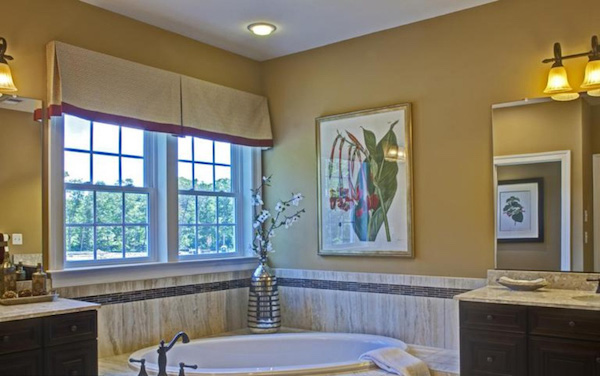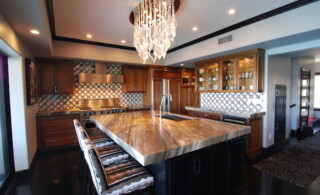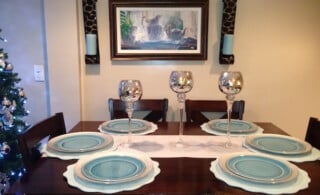
Displaying art in the home is a wonderful way to express your own individual taste. Whether you are an avid collector or a part time dabbler, the art you choose to put on your wall makes a statement about your home and the people who reside there. It is important to display your art in a way that is both practical and beautiful. Proper framing and lighting will let your pictures and paintings tell their stories in the best way possible.
Unframed Art vs. Framed Art
Contemporary art is often presented unframed. The idea is that a frame detracts from the actual piece; that the painting should be the one and only focus. The edges of the canvas are left visible to accentuate not just the picture, but also the process of making the picture. Paintings with a lot of texture are frequently displayed without a frame so the viewer can experience the contours of the paint without any obstruction. A lot of very large paintings are also left unframed simply because a frame that big is impractical and, if it were made, would be very expensive.
If you want a room to have a classic feel, framed art is the way to go. Framed art has a very long tradition as the way paintings are “supposed” to be shown. Work of a classical nature, especially realism, is thought to benefit from framing. The fame is seen as an accent to the piece. It can truly be said that some frames are works of art in themselves; in the past, many a frame has out-shined the piece it surrounds in beauty and craftsmanship.
How to Hang a Picture Frame
Picture Lighting
What your particular picture lighting is should change by the piece. A small, classical painting in a frame can easily be lit attaching a small overhanging lamp to the top of it. This style of lighting is very common in museums.
A large, modern, unframed piece will require multiple lights overhead, and possibly a few to the side and on the bottom. Lighting very large paintings can get costly, but is important to do so that viewers will see the painting, not the shadows on the painting. Installing overhead lights that swivel and tilt on the ceiling above the desired wall can give you a lot of leeway when lighting a large picture.
Picture lighting also depends on what the piece is made from. Photographs, oil paintings, and framed art beneath glass are all notorious for having problems with glare. The glare can be especially problematic when the piece is left to fend for itself in a room’s preexisting light. When dealing with any one of these, make sure to try a couple different options before you commit to a display space.
Ready to start your Framed Art Decor?
Find ProsLighting Inside Framed Art
Frames can be purchased with lights already contained inside. While this technique certainly helps control glare by placing a significant amount of light on the other side of glass, the effect is not appealing to some people. They are often made with fluorescent lights that leave a bluish hue over the piece, as opposed to conventional lights that are more orange. Those interested in this type of lighting should make sure to test it on the particular picture to make sure the color remains satisfactory.
 Add Custom Beauty to Your Home with Blown Glass
Add Custom Beauty to Your Home with Blown Glass  The Dish on Dining Room Decorating
The Dish on Dining Room Decorating  The 5 Benefits of Working With an Interior Designer
The 5 Benefits of Working With an Interior Designer  How to Create a Meditation Room in 7 Steps
How to Create a Meditation Room in 7 Steps  9 Low-Maintenance House Plants for Every Room
9 Low-Maintenance House Plants for Every Room 

Are You Familiar With This Topic? Share Your Experience.